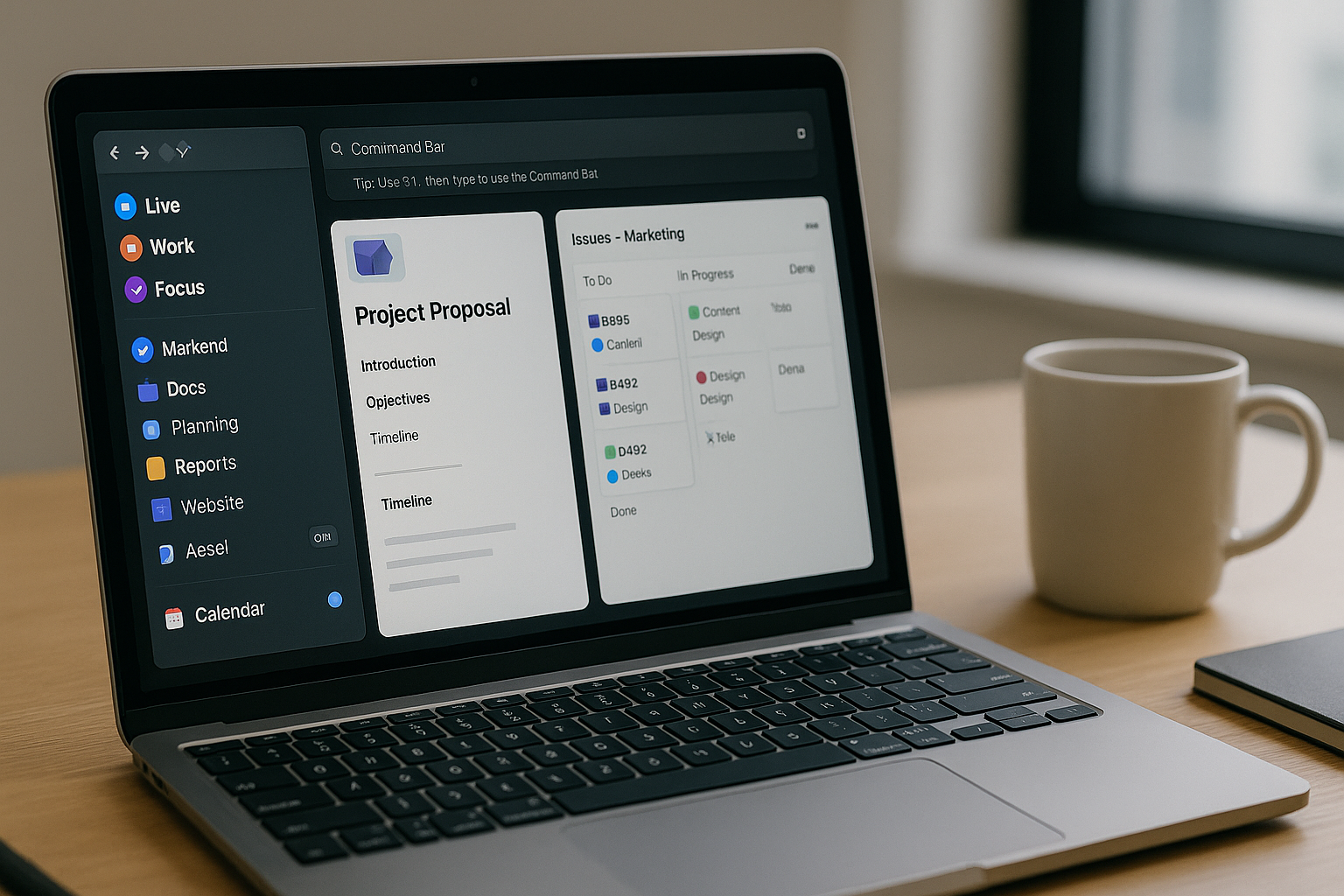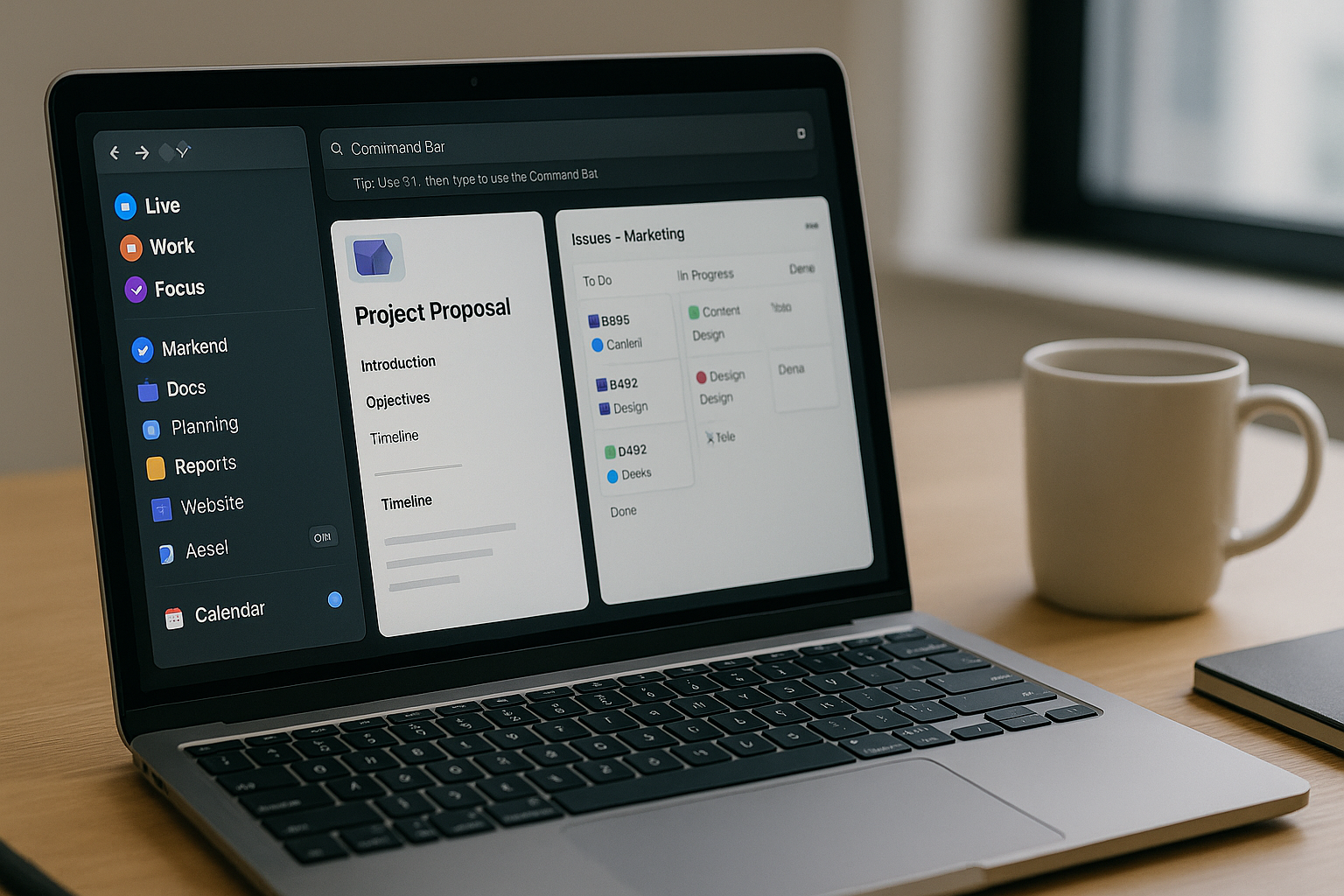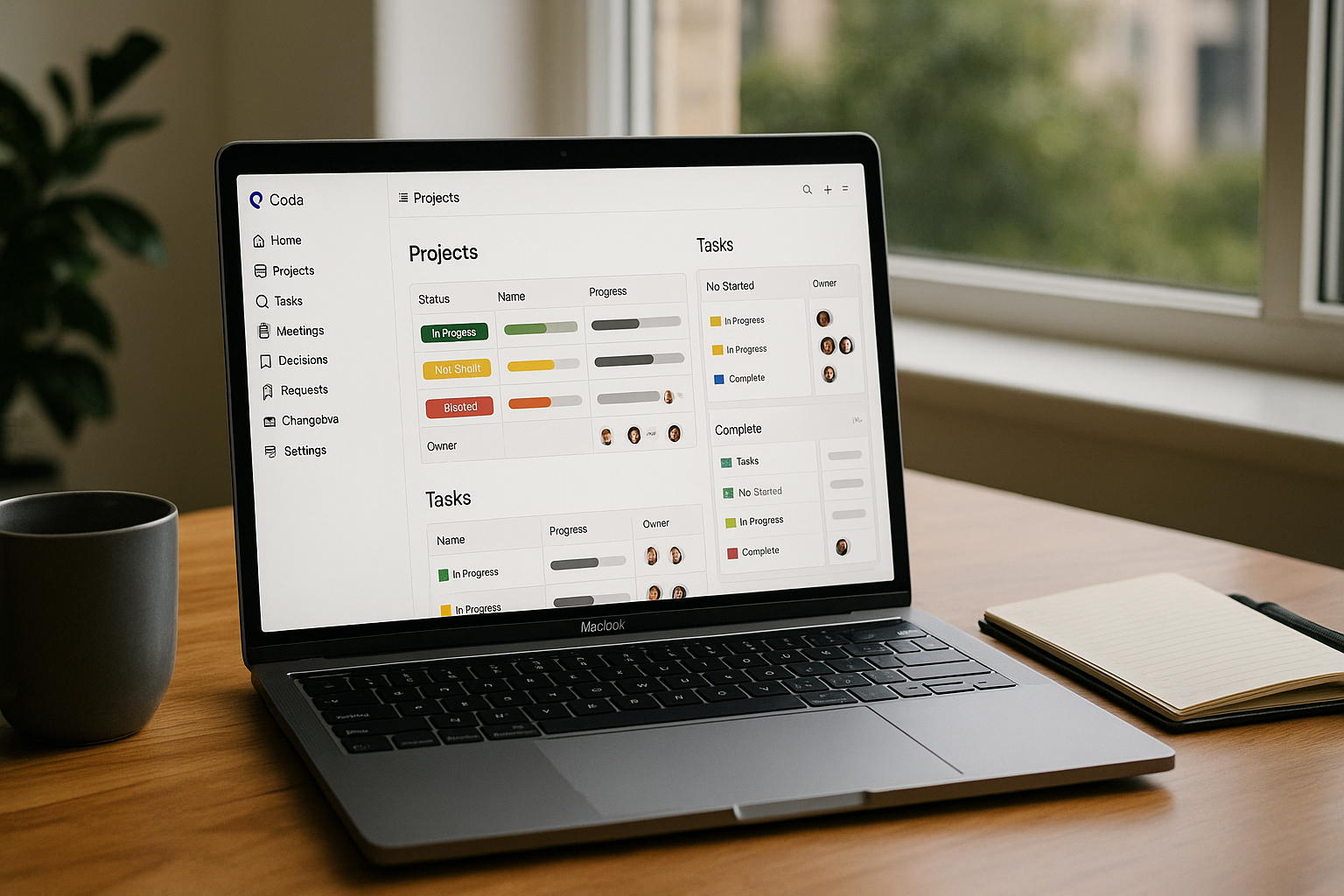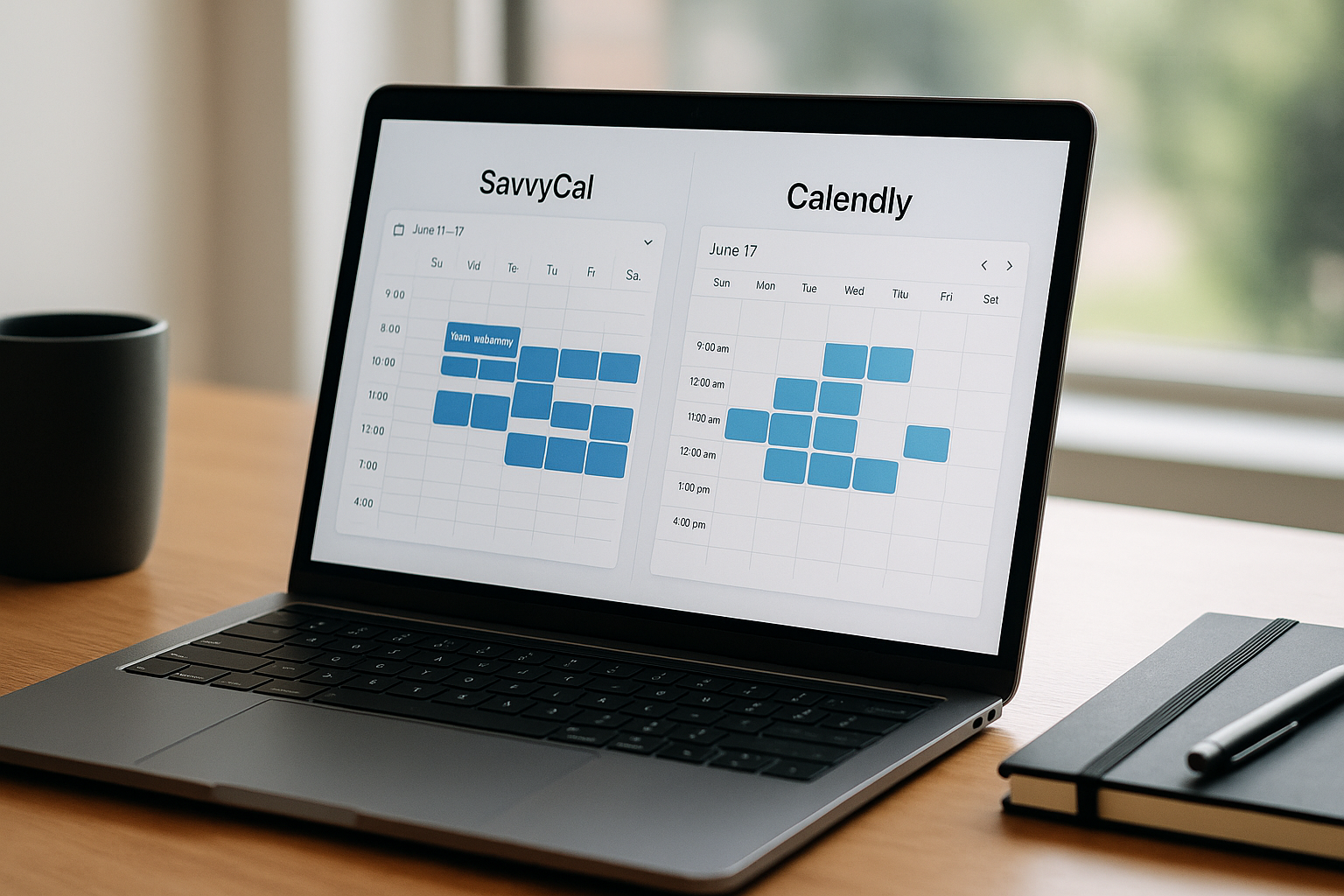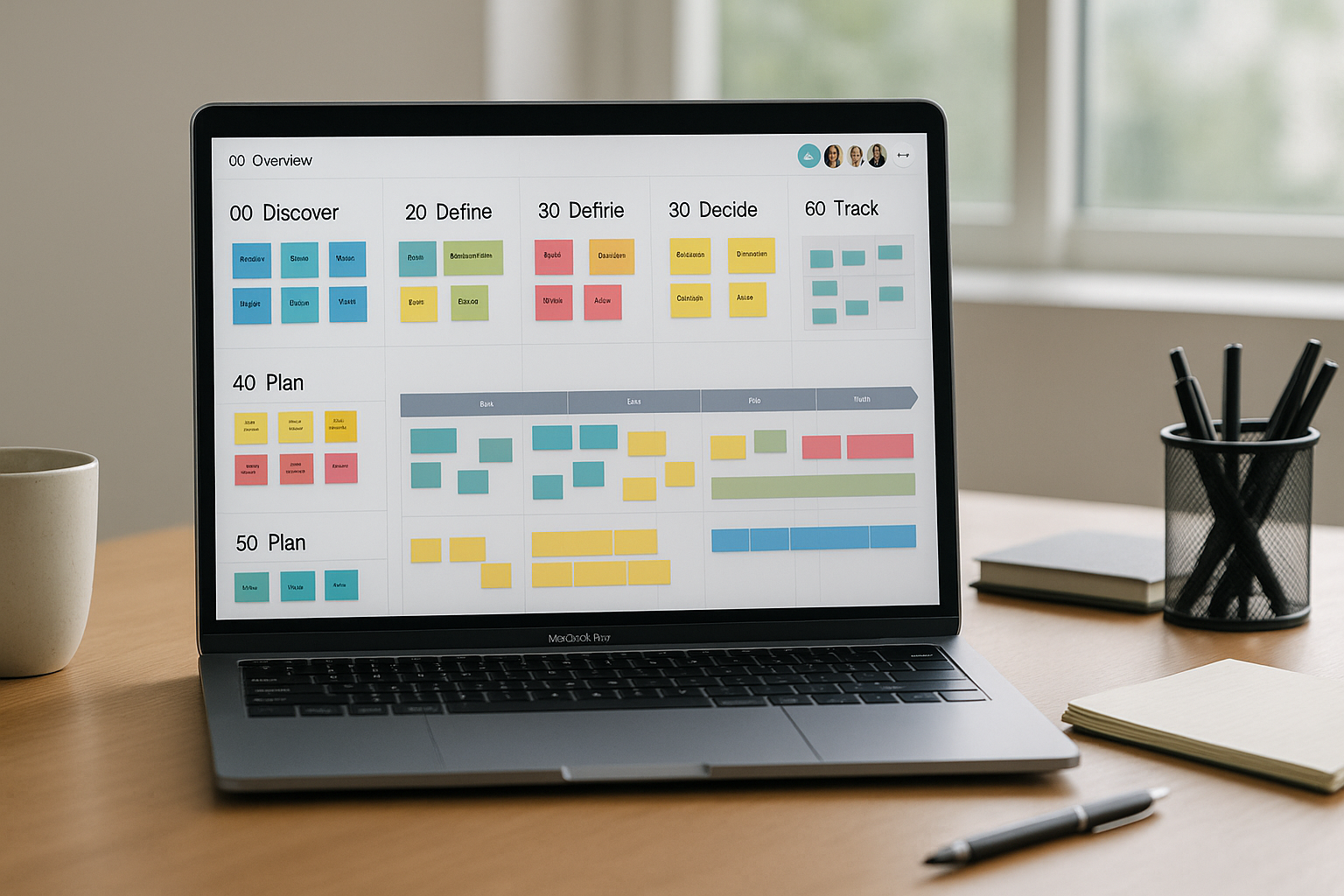Cron as a Developer Productivity Tool: Scheduling, Automation, Integrations, and Time Control for Makers
Cron isn’t just another calendar app. It’s a time operating system for developers, makers, and focused professionals who want more control, fewer distractions, and tight integration with the tools they already use. Built with speed, minimalism, and power in mind, Cron combines beautiful UI design with deep keyboard navigation, powerful scheduling logic, and integrations that … Ler mais

